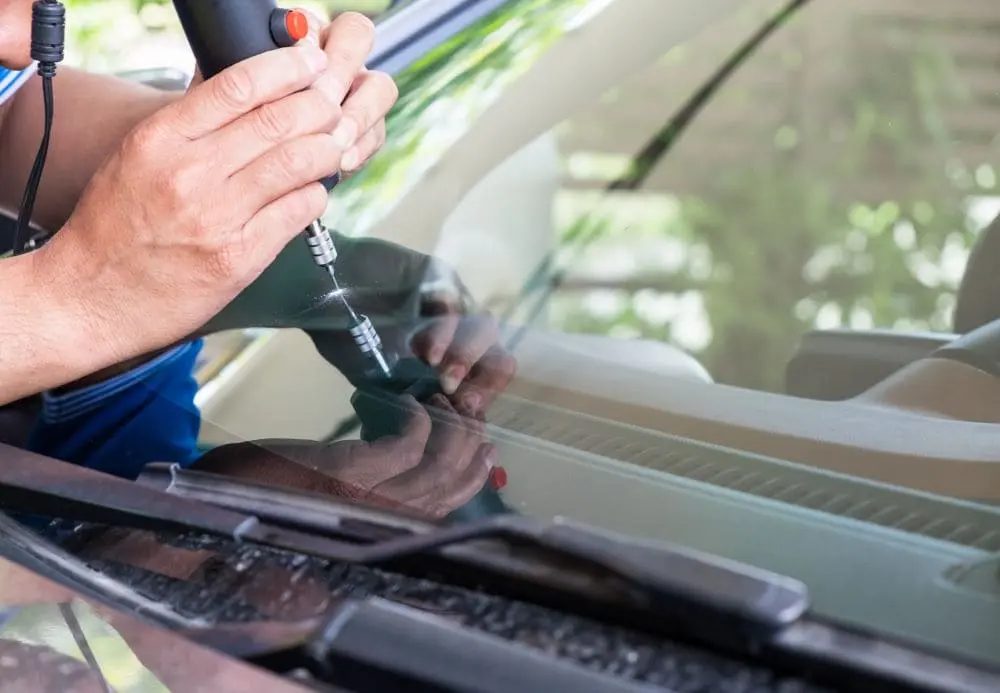Surface scratches are an annoying but common problem that can appear on various materials, from wood furniture and floors to automotive paint and glass. Whether caused by daily wear and tear or an accidental mishap, surface scratches can detract from the appearance of your possessions and sometimes even compromise their functionality. The good news is that surface scratch repair can often be done at home with a few simple tools and materials.
In this article, we will explore various methods for repairing surface scratches on different surfaces, including wood, metal, glass, and automotive paint. You’ll find step-by-step guides for each type of surface, along with tips for achieving the best results.
What Causes Surface Scratches?

Surface scratches can happen for various reasons, but they are usually the result of friction or impact. Common causes include:
- Friction: Objects rubbing against a surface, such as dragging furniture, cleaning with abrasive materials, or even moving items around, can cause scratches.
- Accidental Impact: Dropping heavy or sharp objects, such as keys, tools, or even pets’ claws, can lead to visible scratches.
- Improper Cleaning: Using rough sponges or abrasive cleaning solutions can scratch surfaces, particularly delicate ones like wood or glass.
Regardless of the cause, surface scratches are often not permanent and can be repaired if addressed promptly. Let’s dive into how you can fix scratches on common materials.
How to Repair Surface Scratches
1. Wood Surface Scratch Repair
Wooden furniture, floors, and cabinetry are particularly susceptible to scratches, especially in high-traffic areas. The repair process varies depending on the depth of the scratch.
For Light Scratches:
- Materials Needed:
- Wood polish or furniture scratch marker
- Soft cloth
How to Use:
- Clean the scratched area thoroughly to remove any dust and debris.
- Apply wood polish or a furniture scratch marker that matches the wood color. Gently rub it into the scratched area with a soft cloth.
- Buff the area to blend the polish with the surrounding wood.
For Deeper Scratches:
- Materials Needed:
- Wood filler or wax stick
- Sandpaper (fine-grit)
- Wood stain or matching paint
- Soft cloth
How to Use:
- Clean the scratch and the surrounding area.
- If the scratch is deep, apply wood filler or a wax stick that matches the wood color. Smooth it out with a putty knife.
- Once the filler has dried, sand the area gently with fine-grit sandpaper to smooth out any excess.
- Apply wood stain or paint to match the surrounding area, then buff it to a shine with a soft cloth.
2. Metal Surface Scratch Repair
Metal surfaces, such as stainless steel or aluminum, can develop scratches over time, particularly in kitchens or on appliances. These scratches are usually superficial and can be repaired using a few simple steps.
For Minor Scratches:
- Materials Needed:
- Non-abrasive metal polish
- Microfiber cloth
How to Use:
- Clean the metal surface to remove dust or grease.
- Apply a small amount of non-abrasive metal polish to a microfiber cloth.
- Gently rub the cloth over the scratched area in circular motions.
- Buff the surface until the scratch is less noticeable.
For Deeper Scratches:
- Materials Needed:
- Sandpaper (fine-grit)
- Metal polish
- Microfiber cloth
How to Use:
- Lightly sand the scratched area with fine-grit sandpaper to smooth the surface. Always sand in the direction of the grain to avoid making the scratch worse.
- After sanding, apply a small amount of metal polish to the area and buff with a microfiber cloth.
3. Glass Surface Scratch Repair
Glass surfaces, such as mirrors, windows, or glass tabletops, are prone to scratches from everyday use or cleaning. Although deep scratches may require professional help, light surface scratches can usually be repaired at home.
For Minor Scratches:
- Materials Needed:
- Glass cleaner
- Polishing compound (such as cerium oxide)
- Microfiber cloth
How to Use:
- Clean the scratched area with a glass cleaner to remove any dust or residue.
- Apply a small amount of polishing compound to the scratch.
- Using a soft microfiber cloth, gently rub the compound into the scratched area in circular motions.
- Buff the area until the scratch becomes less noticeable. You may need to repeat this process for stubborn scratches.
For Deeper Scratches:
- Materials Needed:
- Glass repair kit (resin or epoxy)
- Polishing compound
- Microfiber cloth
How to Use:
- Clean the glass thoroughly to remove dirt and debris.
- If the scratch is deep, you may need to use a glass repair kit that includes a resin or epoxy solution.
- Apply the resin to the scratch according to the manufacturer’s instructions. Let it cure for the recommended amount of time.
- Once the resin is cured, polish the area with a polishing compound and microfiber cloth.
4. Automotive Paint Scratch Repair
Automotive paint scratches are a common issue for car owners, whether from parking lot incidents, road debris, or other accidents. Luckily, there are multiple methods to repair scratches on your car’s paint.
For Light Scratches:
- Materials Needed:
- Scratch remover or rubbing compound
- Soft cloth or microfiber towel
How to Use:
- Clean the scratched area with soap and water to remove dirt and debris.
- Apply a small amount of scratch remover or rubbing compound to a clean cloth.
- Rub the compound into the scratch in circular motions, applying moderate pressure.
- Buff the area with a microfiber towel until the scratch is less visible.
For Deeper Scratches:
- Materials Needed:
- Touch-up paint
- Sandpaper (fine-grit)
- Clear coat
- Polishing compound
How to Use:
- Clean the scratched area thoroughly.
- If the scratch has gone beyond the paint layer, use fine-grit sandpaper to smooth out the edges of the scratch.
- Apply touch-up paint to the affected area. Let the paint dry according to the manufacturer’s instructions.
- Once the paint is dry, apply a clear coat to protect the area.
- Use a polishing compound to buff the repair and blend it with the rest of the paint.
When to Seek Professional Help
Some scratches, especially deep or large ones, may require professional repair. Here are a few instances where professional assistance is recommended:
- Large or deep scratches that compromise the structural integrity of the material.
- Glass or windscreen cracks that pose a safety risk.
- Complex repairs that require specialized tools or techniques (such as automotive paint refinishing or professional wood restoration).
Preventing Surface Scratches
Prevention is always better than repair. Here are a few tips to minimize surface scratches:
- Use protective coverings like felt pads under furniture legs or tablecloths on glass surfaces.
- Clean gently using soft cloths and non-abrasive cleaners to avoid damaging the surface.
- Handle items carefully to avoid impacts that can cause scratches.
- Regularly maintain items such as appliances or car paint with protective coatings to reduce the chances of scratches.
Conclusion
Surface scratch repair can be easy and cost-effective with the right techniques and materials. Whether it’s your wood furniture, metal appliances, glass windows, or car paint, there are numerous ways to restore scratched surfaces to their original condition. By following the proper steps for each material, you can make your scratched surfaces look as good as new.
For deep or complex scratches, professional help is always an option to ensure the repair is done correctly. Regular maintenance and care will also help prevent scratches from forming in the first place, preserving the beauty and functionality of your items.
